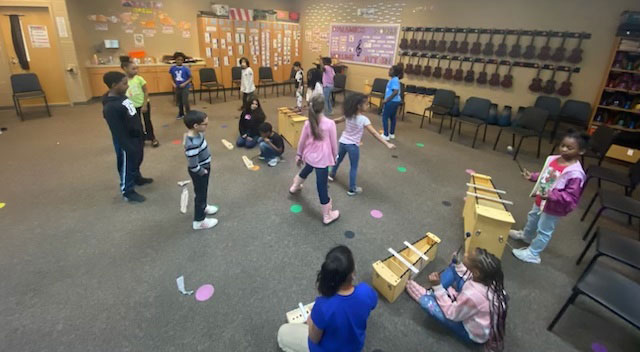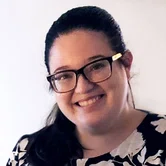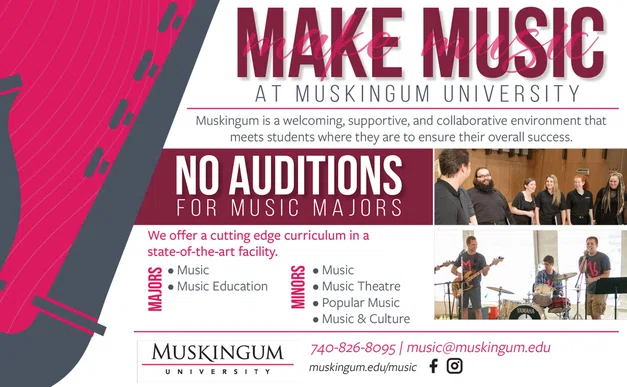©2025 Ohio Music Education Association



FEATURED ARTICLES
Being Mindful About Physical Well-Being in Elementary General Music
Being Mindful About Physical Well-Being in Elementary General Music
Lisa Gruenhagen, Ph.D. and Anna McClure, M.M.


Lisa Gruenhagen, Ph.D.,
Bowling Green State University

Anna McClure, M.M.,
David Hill CLC, Akron Public Schools
We do not only listen to music with our ears, it resonates in our whole body, in the brain and the heart (Emile Jaques-Dalcroze, Notes Bariolées).
General music classes can be a powerful space for nurturing physical well-being. In this third article in a 4-part series on well-being in music, we focus on physical well-being and its impact on student learning and engagement, alongside the crucial roles played by teacher mindset, the classroom space, and student factors. Our previous articles, featured in the spring and fall 2024 issues of TRIAD, focused on the introduction of well-being and social well-being in general music, respectively.
Physical Well-Being in Music
Physical Well-Being in Music
Key dimensions of physical well-being in music include: 1) movement-based activities that help students connect with body awareness resulting in improved balance, coordination, and spatial awareness; 2) breath and vocal health that teaches proper techniques for singing and instrument playing; 3) ergonomics and instrument use that encourages proper posture and technique ensuring physical safety; 4) mind-body connection that involves the use of music and movement to reduce stress and increase mindfulness; and 5) inclusion of movement and dance to encourage bodily expression (Hallam, 2010; Varner, 2023). With a focus on movement and dance, we wonder: Why is physical well-being in my classroom important? Below is a series of questions to assist in nurturing physical well-being in your classroom.
Reflection on Students
Reflection on Students
- What is the relationship between students? Can they work with partners of their choice or with others with whom they are not friends?
- Can they have physical contact and move in different dance formations?
- Can they create with their own dance moves during class?
Reflection on the Physical Space
Reflection on the Physical Space
- Can all students move easily around the classroom?
- Are there places in the room where students are not allowed to be during movement activities?
Reflection on You
Reflection on You
- What is your energy level throughout the day?
- Are you comfortable dancing?
- What is your relationship with your body like?
- What is your knowledge about movement?
- How do you feel when students move about your classroom?
- How do you feel if students don’t stop when you ask them?
- Do you like incorporating movement in your classroom?
- Do you move with your students during movement activities?
- Why is physical well-being in your classroom important to you?
When planning movement or dance, everyone must be safe, and that includes your mental well-being and mindset. Movement poses a challenge for some teachers, who may experience discomfort with their own physicality or find student movement problematic. Tackling a negative mindset around movement can be difficult to overcome and is unique to everyone. What inhibits you from including movement in your lessons? Is it motivation? Your physical well-being and strength? Are you comfortable with your body? To change your mindset, it’s essential to understand the importance of including movement and dance in your classroom. Movement helps us become body aware and to internalize musical concepts. We can then make music visual through bodily expression. When dancing to music with your students, you are validating the importance of movement, illustrating the intertwined nature of the two.
Not everyone has the physical ability to incorporate a full day of movement. Give yourself an attainable goal by adding movement in one or two classes, to start. Take gradual steps, reminding yourself of where you want to go, but knowing it’s okay you’re not there yet. What if you can handle a full day of movement, but don’t enjoy it or feel a connection? Becoming more comfortable with your body will help you be more confident moving with your students. Online videos on YouTube or TikTok provide a private, safe space at home to move your body, making movement part of your own life.
Making the Space Work
Making the Space Work
Making the space work for you can help even the unruliest class be safe during movement activities. If there are spaces that are off limits to your students, for their safety or the safety of your materials, setting up a physical barrier can serve as a visual reminder. To ensure smooth transitions and maintain order during movement activities, consider using floor markers for chairs and other materials that will be moved.
Example Activities that Foster Social Interaction and Physical Well-Being
Example Activities that Foster Social Interaction and Physical Well-Being
Listening to music while replicating Stick Figures helps students develop body awareness in a safe setting. As a group, students imitate the stick figure’s pose in their own space. Pressure to be creative is eliminated as the focus is on their own body movements.
The lively folk dance, Sasha, requires students to think more critically about how their actions impact their partner. Partners change throughout the dance, encouraging interaction and movement around the physical space.
Adapt well-known games to create learning experiences that meet student needs. For example, a circle game that requires “chasing” another person can be adapted to students sitting in scattered spots and when the “chase” starts, one student runs to one side of the room and the other student to the opposite side, avoiding potential, or intentional, collisions.
References
Collaborative for Academic, Social, and Emotional Learning. (2024). Fundamentals of SEL. https://casel.org/fundamentals-of-sel/
Hallam, S. (2010). The power of music: Its impact on the intellectual, social and personal development of children and young people. International Journal of Music Education, 28(3), 269-289. https://doi.org/10.1177/0255761410370658
Varner, E. (2023). SEL, Mindfulness, and the Art of General Music Education. Journal of General Music Education, 36(2), 34-37. https://doi.org/10.1177/27527646221130320
Lisa Gruenhagen, Ph.D., is on the music education faculty of Bowling Green State University where she teaches undergraduate and graduate courses and is the area coordinator for general music.
Anna McClure, M.M., is on the faculty at David Hill CLC, Akron Public Schools, where she teaches K-5 general music along with beginning band and orchestra.




